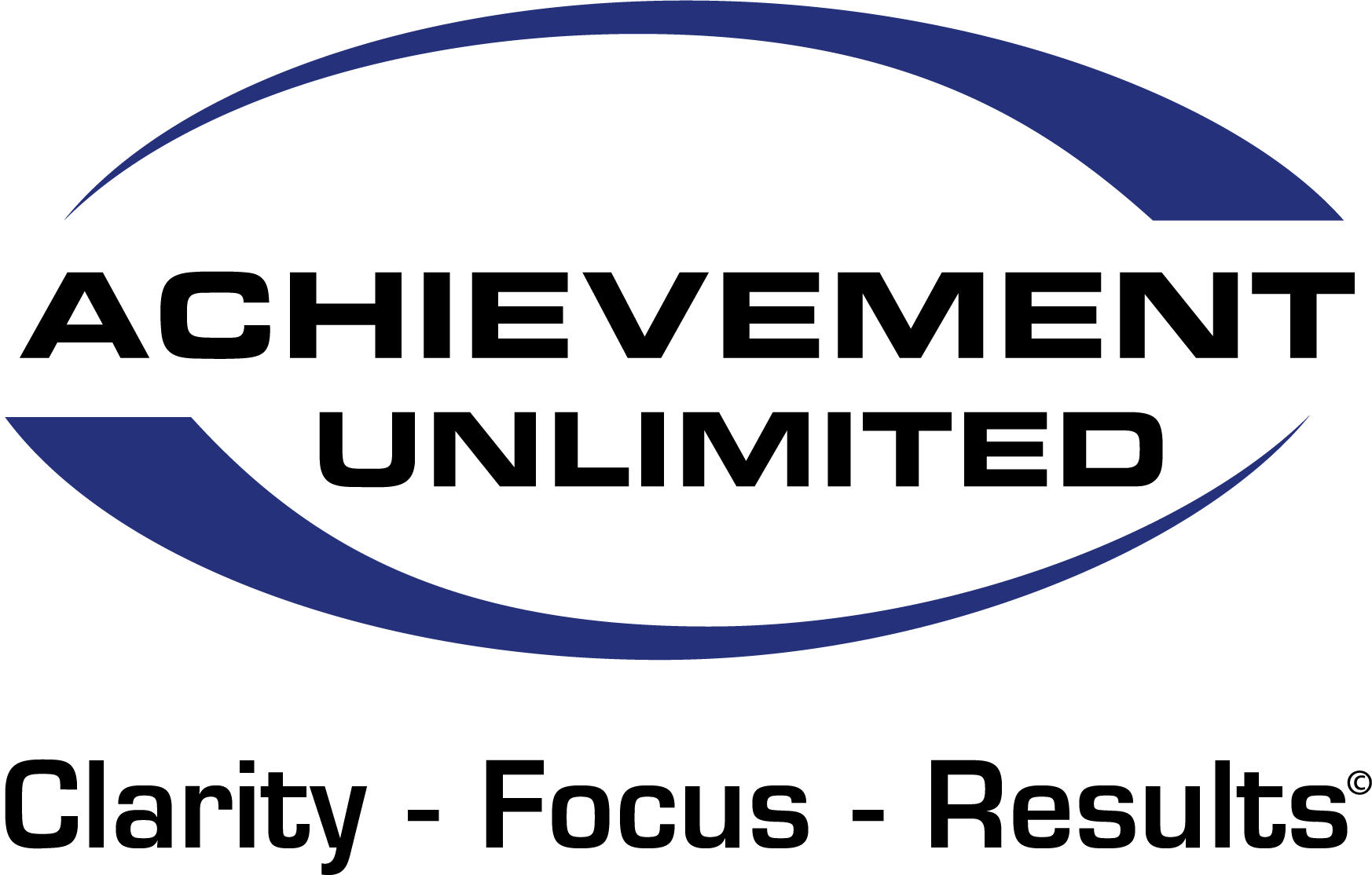Communicating Effectively with Your Remote Teams

The way we live and do business has changed dramatically as a result of the Covid-19 crisis. To prevent the spread of the virus, we have been practicing social-isolation. As business leaders we have been forced to lay-off some of our people or decrease their hours and I encourage all of us to stay in contact with those employees and provide assistance whenever we can. Those who are able to still work from home are challenged to navigate through the inundation of e-mails and video-calls. Parents working from home are struggling to find some sense of balance as they juggle their roles as homeschool teacher, parent, and employee. We are all trying to figure this out and social isolation is not making it any easier because human welfare relies on interdependence. We need to find a way to truly stay connected to each other despite the upheaval. The way we do this is by communicating with people in the language they understand.
For the purpose of this post, I want to focus on communicating with your teams working from home. Working from home is a huge transition for teams used to office life, and your communication might be suffering. More than ever before, it is critical that you are aware of your own communication style and the communication style of your team members. The Working From Home Report is a new assessment tool developed by TTI SI that will give you and your team the gift of self-understanding. Inside the report, you’ll find: personalized work from home tips and direction on how to communicate with your team when everyone is working from home. I’m offering this assessment tool to you and your team for FREE!
Productivity increases by 20-25% in organizations with connected employees, according to the McKinsey Global Institute. Give your team the boost they need right now with the Working From Home Report by improving communication between everyone. Click HERE to complete the assessment now and then share the link with your team!


Recent Comments